My first article for Macfilos about six years ago featured my late father’s camera and some of his photographs. He bought that camera in January 1940 just after his twenty-fourth birthday and not long after the start of World War II. He had other cameras before that and took some interesting photos just before the outbreak of hostilities.
The first set of photographs below was taken on the eleventh and twelfth of August 1939 at the Royal Dublin Society (RDS) Dublin Horse Show. Military teams from Ireland, Britain, Germany and France and other countries competed against one another at the show, as was the norm in those days. Just over three weeks later, some of those countries were at war.
My father, Anthony Fagan, took the following three photos on that August twelfth and they are now in the RDS Archive. The first shows the French team in the foreground. The man in the top hat behind the French Team was a Father O’Reilly from Roscommon who competed in the same event. The second image is of Rittmeister Brinckmann, riding for Germany on Oberst II (Colonel II)
Below, we see Captain Chevallier riding for France on Jacynthe, the duo which came second in the competition.
The image below was taken professionally the day before at the Aga Khan (Nations) Cup and shows the Irish Army Team, led by Captain Dan Corry on Red Hugh, which came second to France in the major competition. The competition is still held at the Dublin Horse Show every year.
Here is a contemporary Pathé News Bulletin showing some highlights of the 1939 Dublin Horse Show.
A little over a month earlier, my father paid a visit to Paris, on the twenty-ninth of June 1939 to be precise. He was returning from a pilgrimage in Lourdes in the south of France, and he seems to have stopped in Paris for a day to see the sights. This was slightly less than twelve months before the invasion of Paris in June 1940.
Here is a small selection from the many photographs he took on that day.
The final picture here is one of my favourites of those taken by my father. It depicts the ‘Tomb of the Unknown Soldier’, but what really makes this for me is the group of three people at the head of the tomb, two women and a young boy. One of the women has her arm around the boy, while she explains the meaning of the tomb/monument and the eternal flame. What I find most poignant is that this monument was erected in memory of the fallen of World War I and, just over two months later, World War II commenced. I cannot avoid wondering how the war went for that boy.
I still wonder whether my father was just taking a photograph of the tomb or whether he saw the significance of the group at the head of the tomb. Either way, I find the resulting picture most affecting.
My father was just twenty-three when he took these photographs, which show two countries on the eve of World War II. The thing that strikes me most about the images is that life was going on as normal, despite the impending doom.
I do not know what camera my father used, but I am fairly certain that it was a larger format than the Balda 35mm camera he acquired early the following year. No matter what camera was used, these moments in time were recorded by him, and the images are still there today to show me some of the things my father was doing in that fateful year.
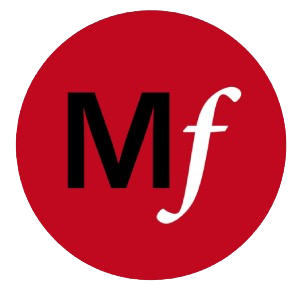
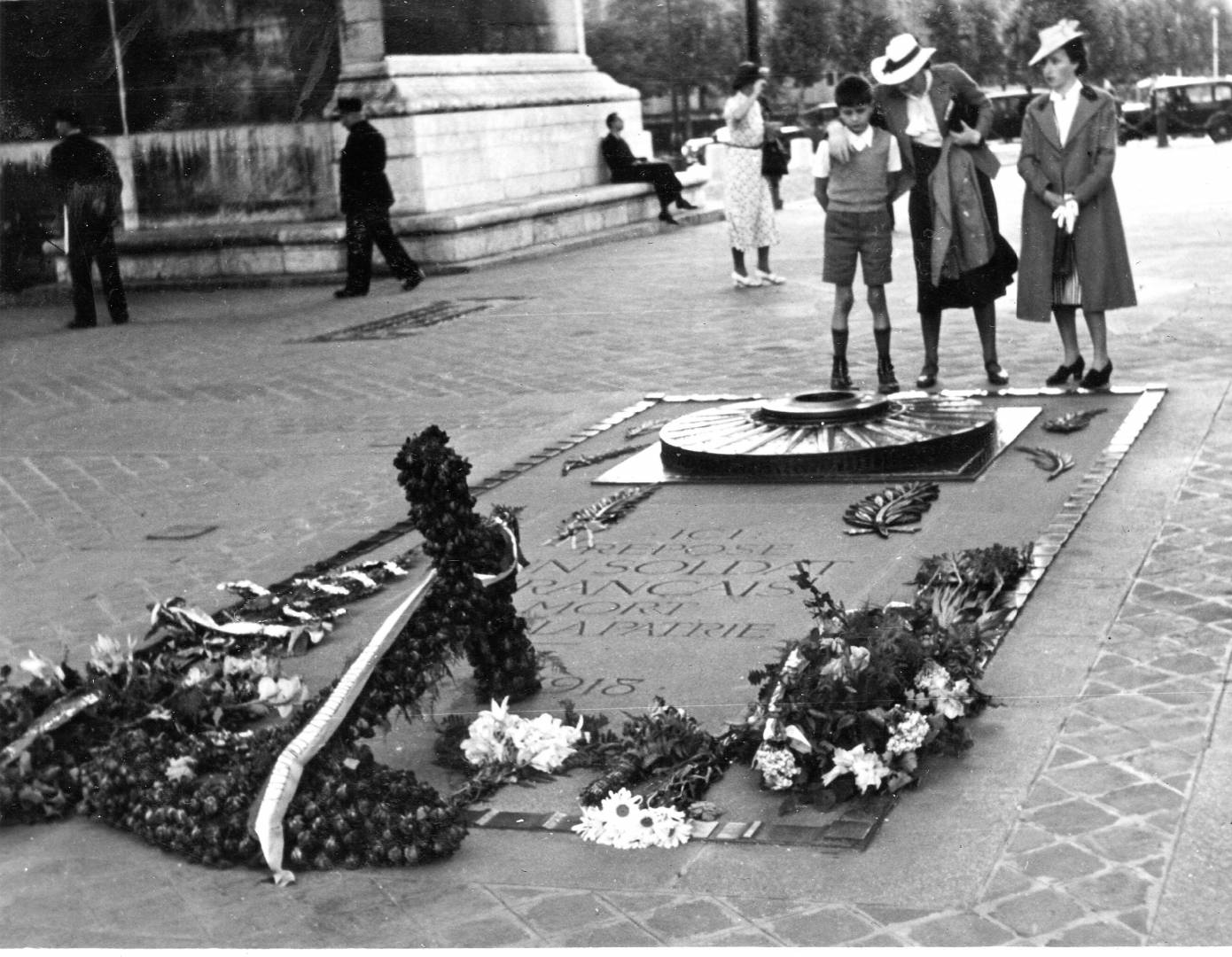
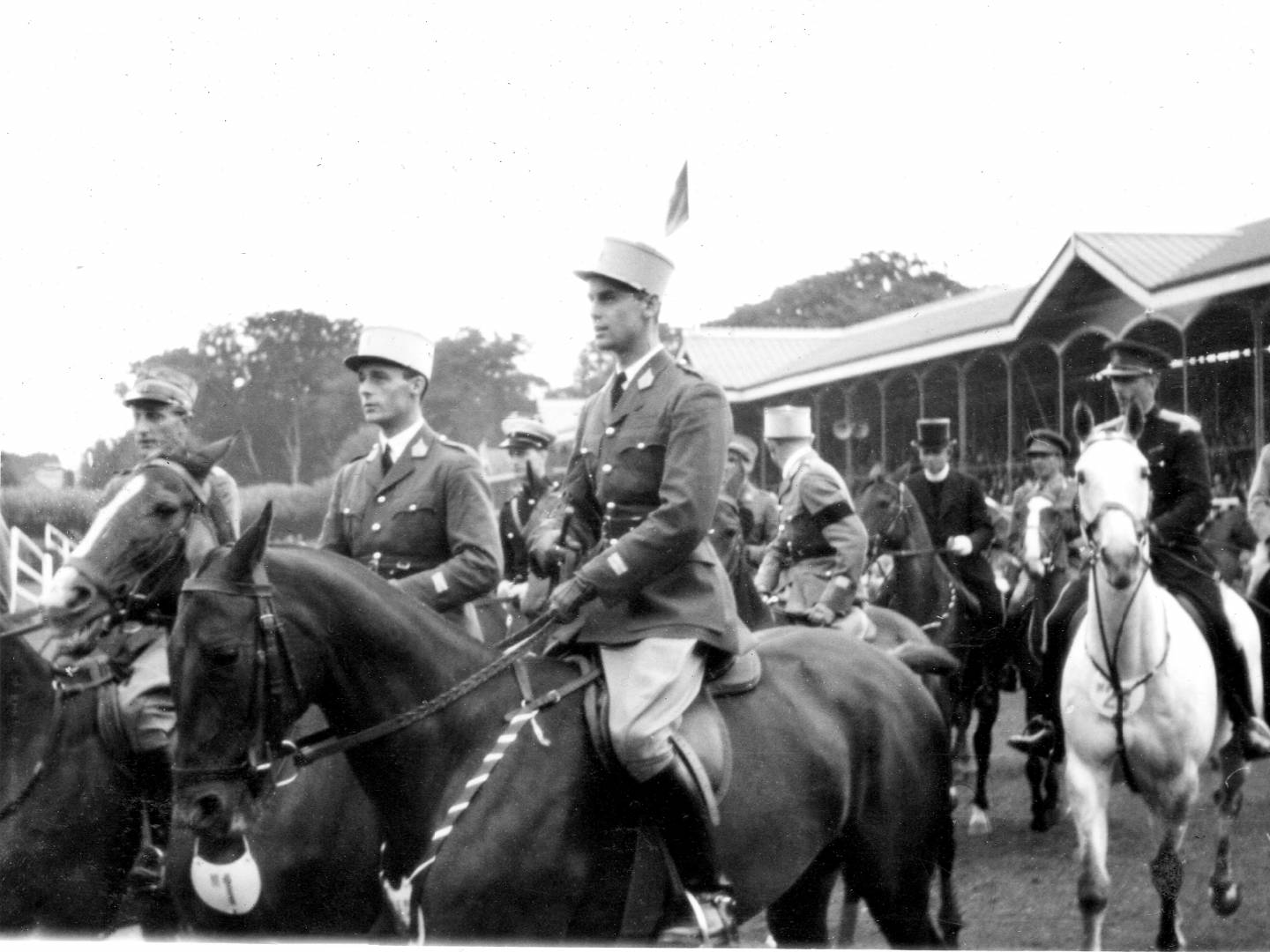
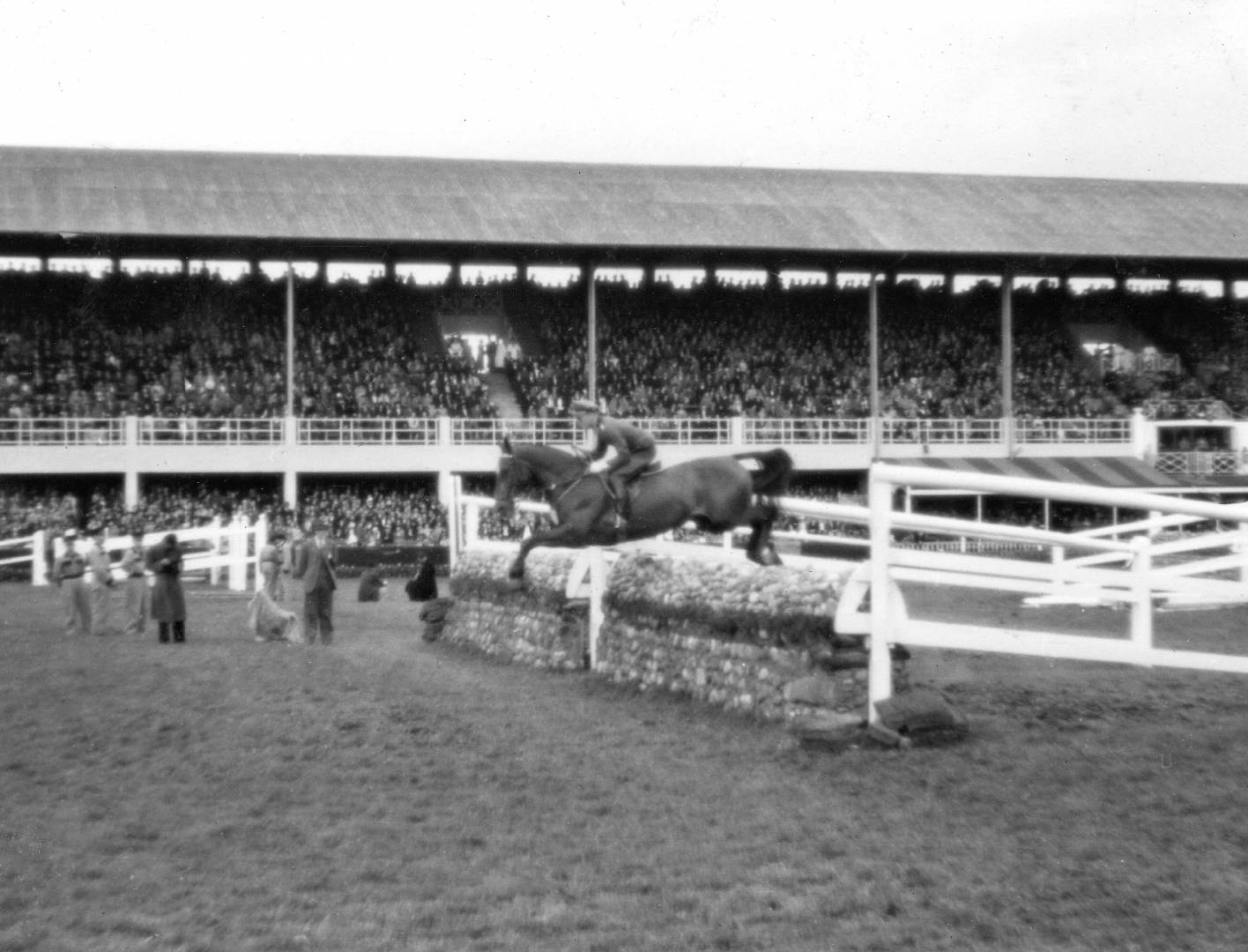
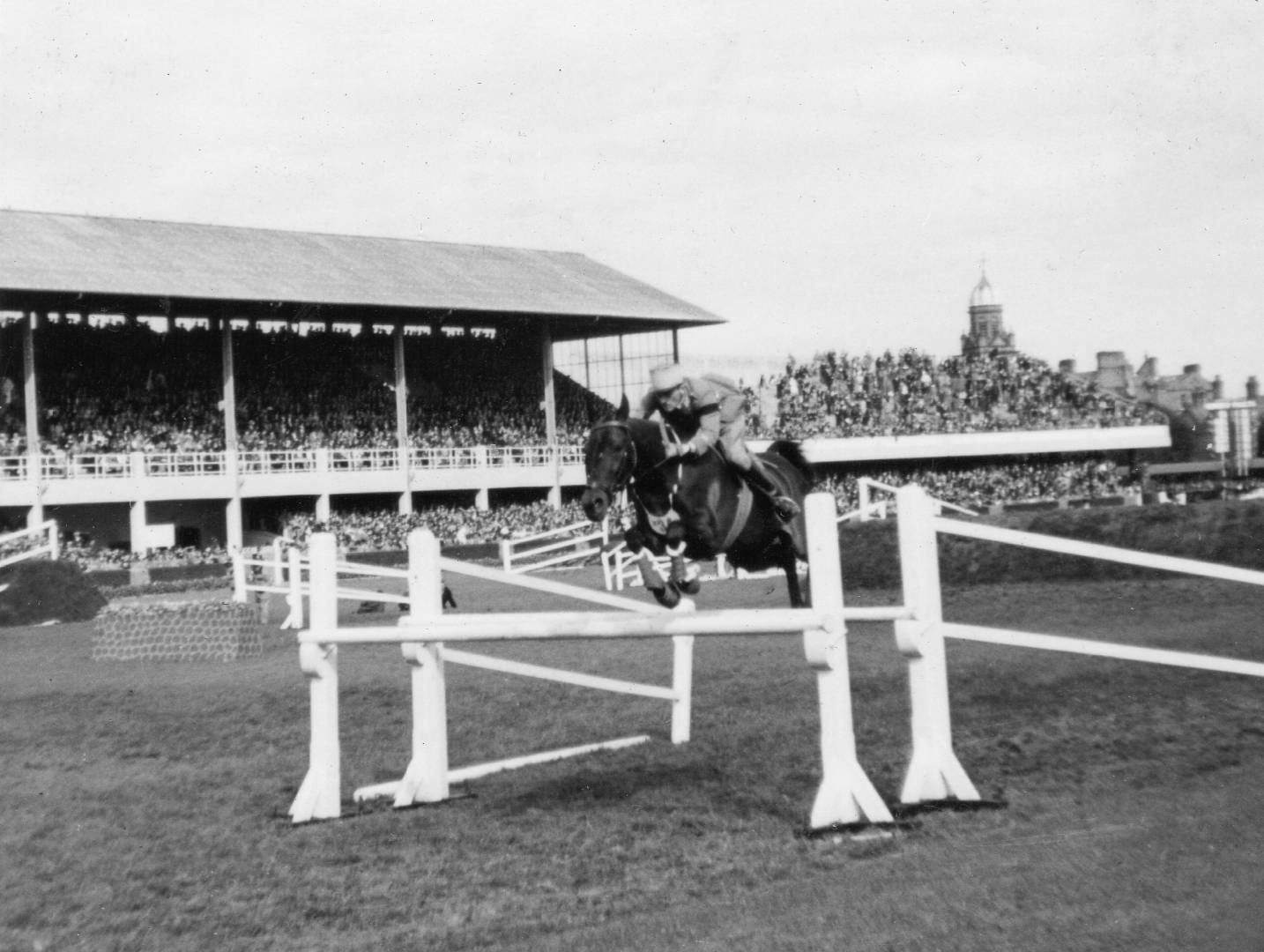
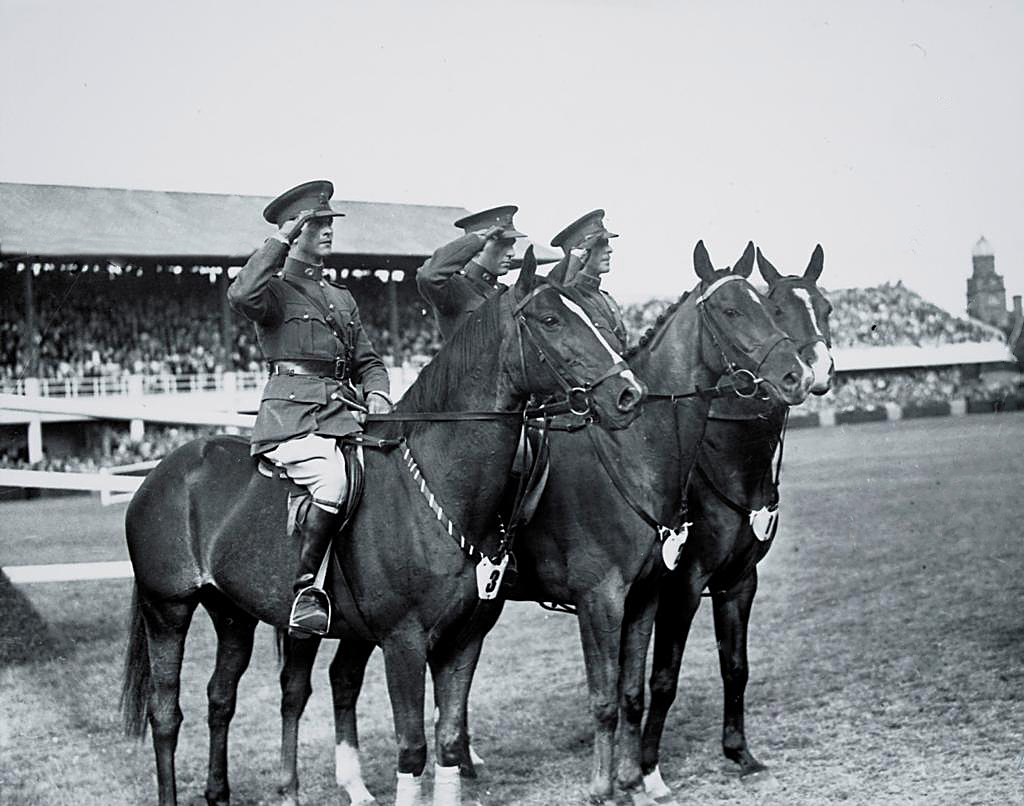
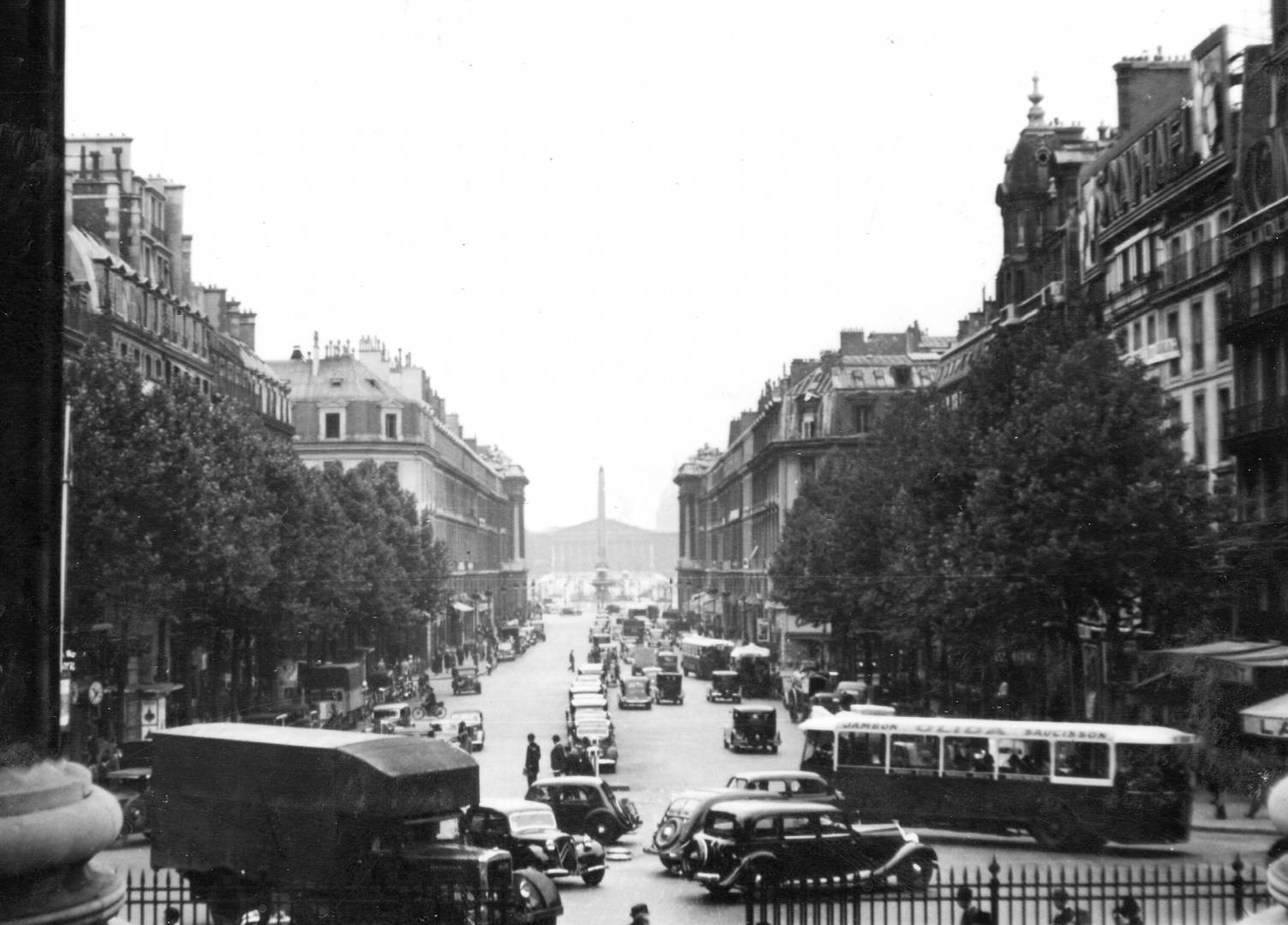
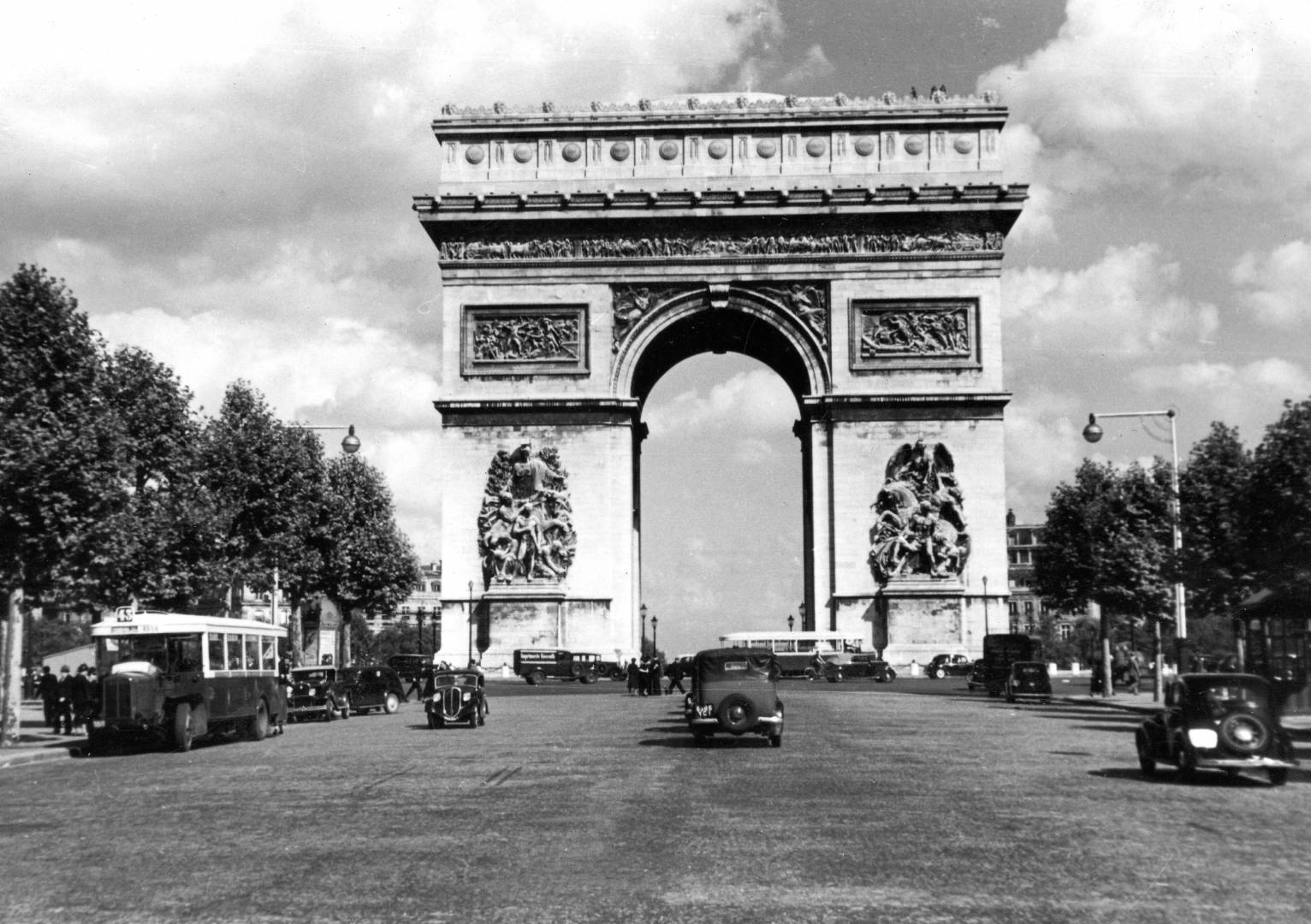
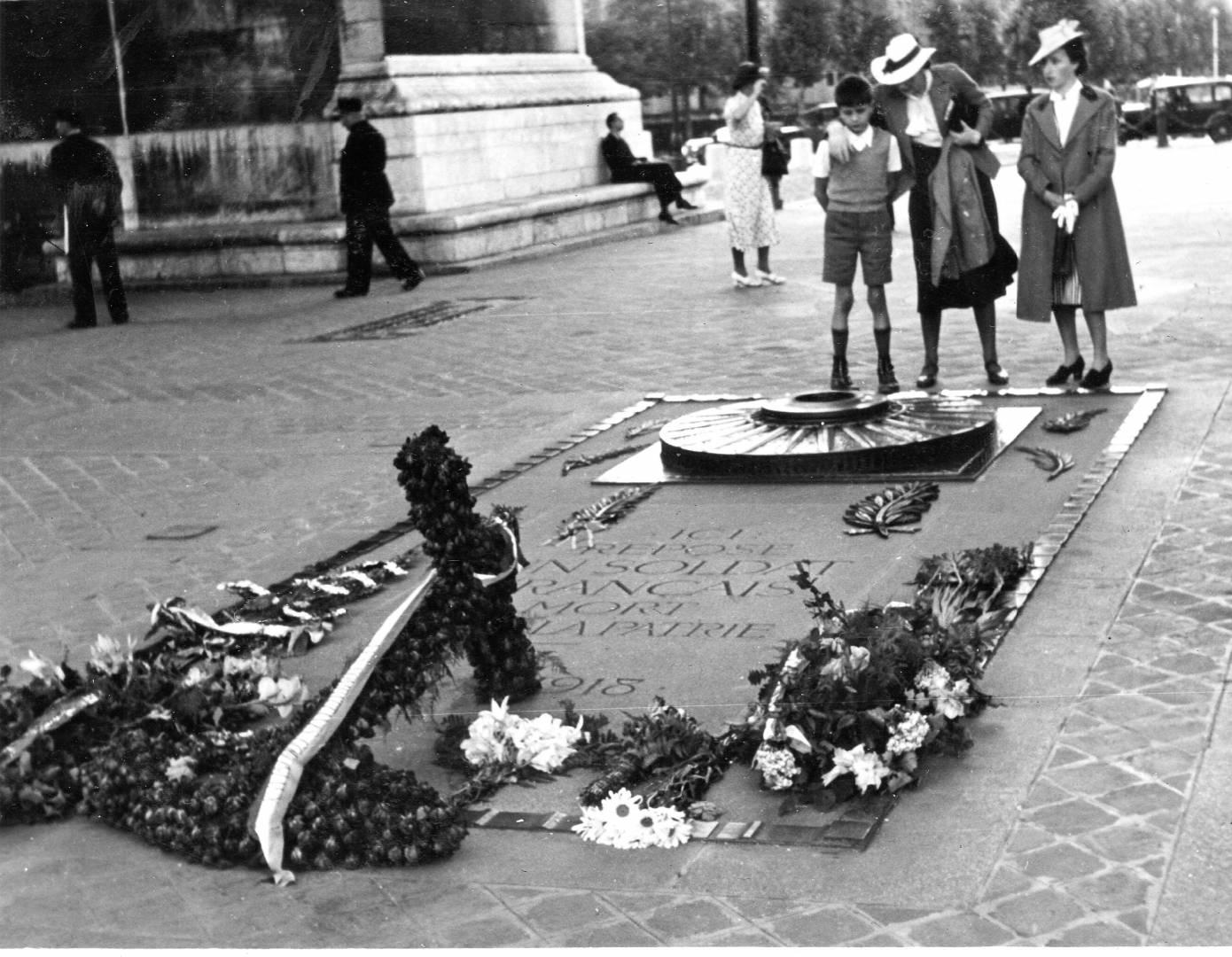
Wonderful William, those images sell a world that once was. Thank you for sharing.
Thanks Dave
I am still wondering why Father O’Reilly could not have said a few prayers with the German, British and French Teams and stopped World War II happening. A friend in the US said tonight that it might have been better to have had the war there and then with horses in Ballsbridge, Dublin. I have a lot more photos from my father’s trip to Paris and they truly show a city that is more or less as it ever was and also the ‘Grand Design’ of the city, which is still one of its most unique features.
William
Beautiful when you can put a story and content to family photo memories. Thank you
Thanks John. I mentioned to a friend tonight that my father’s photos are in some way more important to me than my own as he is no longer with us, but his images live on after him. We don’t have the negatives, but we have prints and now they too are scanned. They can survive for a long time, I hope. Somebody commented about the ‘Swiss Roll’ story that we were lucky we were not trying to get something off a 70 year old SD card. At least we can still do something with prints and a roll of film or negatives. Sometimes the best way of going forward is to look back.
William
I agree William. I have started using film cameras to capture images that I want to last such as family gatherings.
Thanks Kevin. There is something satisfying and permanent about negatives and prints. They do need minding, though. Until last month the ‘Swiss Roll’ negatives were kept with a lot of other rolls, but now they are locked away. I was on a Zoom talk last week with curators from Harvard and the Imperial War Museum about photo archives. The curator from the IWM said that digital photo archives required far more protocols than ones with just physical photographs. The protocol chart for general material which the IWM follow would blow your mind. I will send it later to Mike.
William
Nice to see such clear photos from this period. An interesting illustration of this moment of peace before the storm. Thanks for this William.
Thanks Kevin. I actually have a lot more photos from Paris and the South of France from my father’s trip in 1939. I have a vague recollection of seeing a photo of barrage balloons over Paris, but it was not in what my older brother sent to me.
William
Thanks William to this wonderful visual voyage down memory lane. The buses in the first image of Paris remind me of my young days when I woould stand proudly with my dad on the platform at the rear.
Jean
Thanks Jean. When I was young, the trick was to ride, the Dublin word was ‘scut’, on the back of the bus on the open platform before the conductor came down to chase you off.
William
I just can’t imagine this, William.
Not me, but other young fellas. Did you not have this in Wigan?
William
I was a very law-abiding child, William.
But I do remember jumping on and off moving London buses. It was a very efficient means of getting about and everybody did it. I don’t think I’d be up for it now, though.
I remember hearing that word directed at many of my young (inherited) nieces and nephews when I first started visiting Ireland.
As ever, I had to look it up, as with many other new words and found that apparently it is the last bit of apple with the pips in, I suppose it might be “pipsqueak” in other places.
Anyway William, thanks, great piece, evocative snaps from your father.
Thanks Stephen. You probably heard a lot of other words as well. I have a memory of our first day at a new school when my older brother had been given some copper coins by our mother to pay our bus fare coming home from school. The bus conductor was upstairs and my brother went upstairs to pay for both of us and dropped the coins as the bus had jolted. I can still those pennies falling down the stairs. My mother decided there and then that we could walk home from school from there on.
William